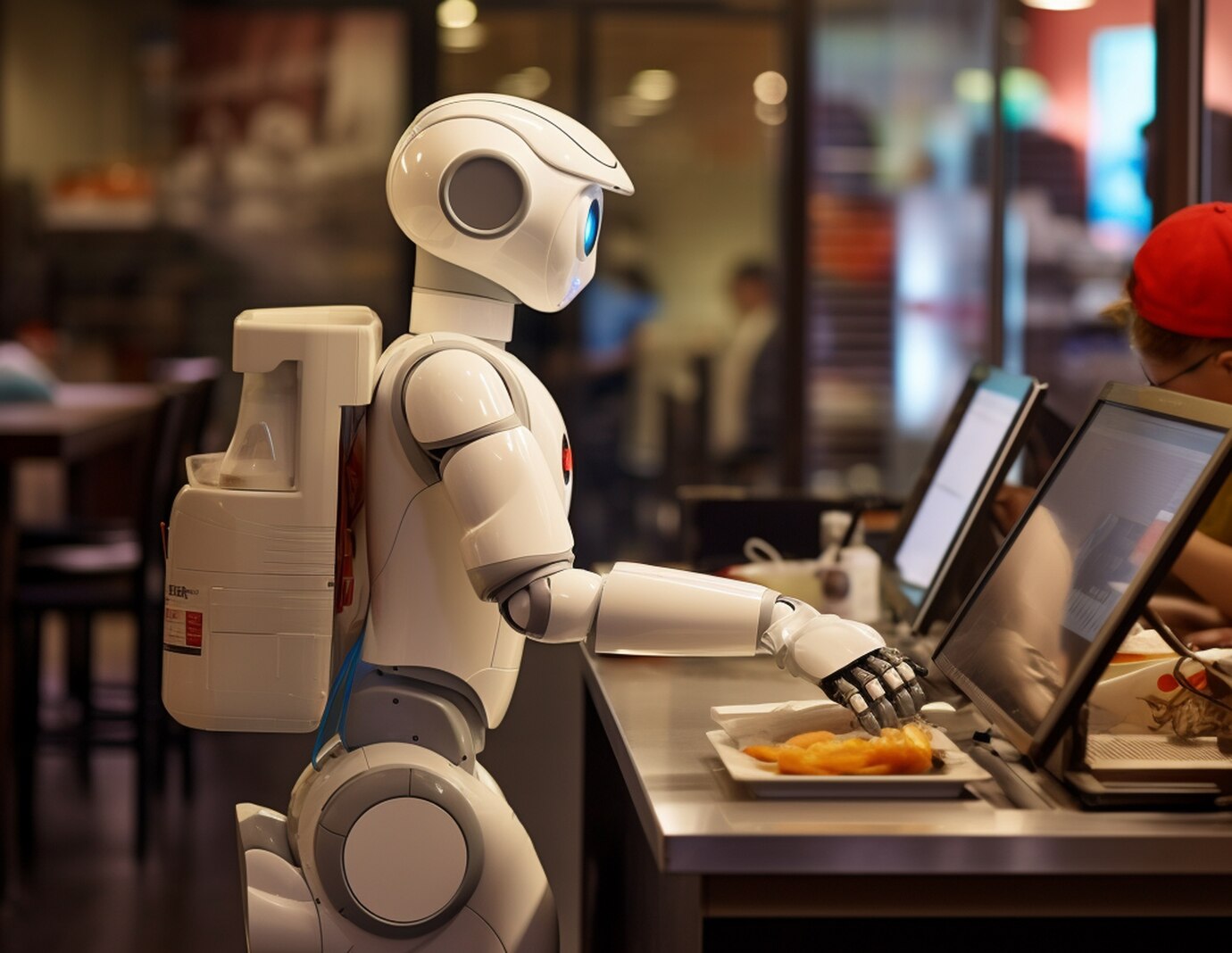Humanoid Robots in Customer Service: Are They Effective?
The integration of humanoid robots in customer service has gained momentum in recent years. Businesses are turning to AI-powered robots to streamline operations, reduce costs, and enhance customer interactions. But do these robots truly enhance customer experiences, or do they fall short in providing the human touch?
The
Rise of Humanoid Robots in Service Industries
Humanoid
robots are being deployed across various industries, including retail,
hospitality, banking, and healthcare. These robots can assist customers with
queries, provide product recommendations, and even process transactions. Their
ability to operate 24/7 without fatigue makes them an attractive option for
businesses aiming to improve efficiency.
Advantages
and Challenges of Humanoid Robots
One
of the biggest advantages of humanoid robots is their consistency and accuracy.
Unlike human employees, robots do not experience mood swings or fatigue,
ensuring a stable service experience. Additionally, they help businesses reduce
labor costs and improve efficiency by handling repetitive tasks quickly. Some
advanced humanoid robots are also equipped with multilingual capabilities,
making them accessible to a global customer base.
Despite
these benefits, challenges remain. A significant limitation is the lack of
emotional intelligence—robots may recognize emotions but cannot genuinely
empathize with customers. Customer trust can also be an issue, as some people
feel uncomfortable interacting with machines instead of human staff. Technical
glitches and software errors may disrupt service, and the high initial
investment in deploying humanoid robots can be a barrier for smaller
businesses.
Future
of Humanoid Robots in Customer Service
As
AI and machine learning continue to evolve, humanoid robots will become more
sophisticated, improving their ability to understand and interact with
customers. Companies investing in hybrid models—where robots assist human
employees rather than replace them—may strike the right balance between
automation and the human touch.
Conclusion
Humanoid
robots in customer service present both opportunities and challenges. While
they offer efficiency, consistency, and cost savings, their effectiveness
depends on how well they integrate with human employees and customer
expectations. As technology advances, the future of customer service may see a
harmonious collaboration between humans and robots, enhancing overall customer
experiences.
.png)






Leave a Comment
Your email address will not be published. Required fields are marked *